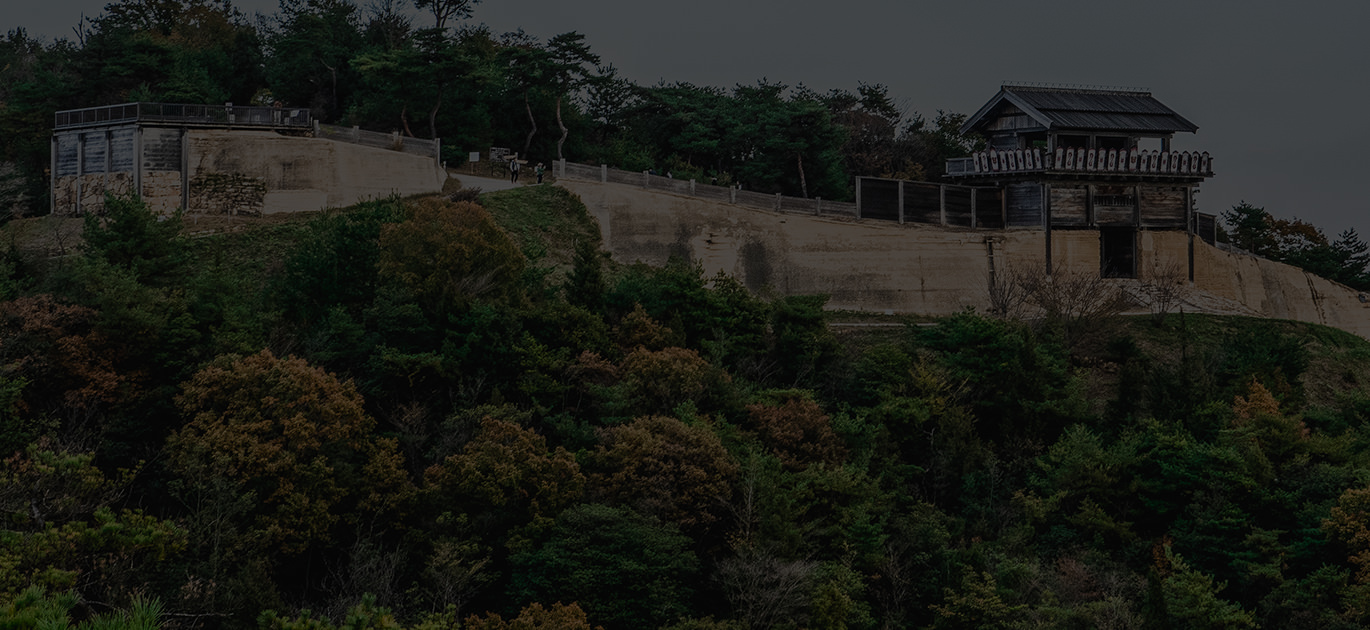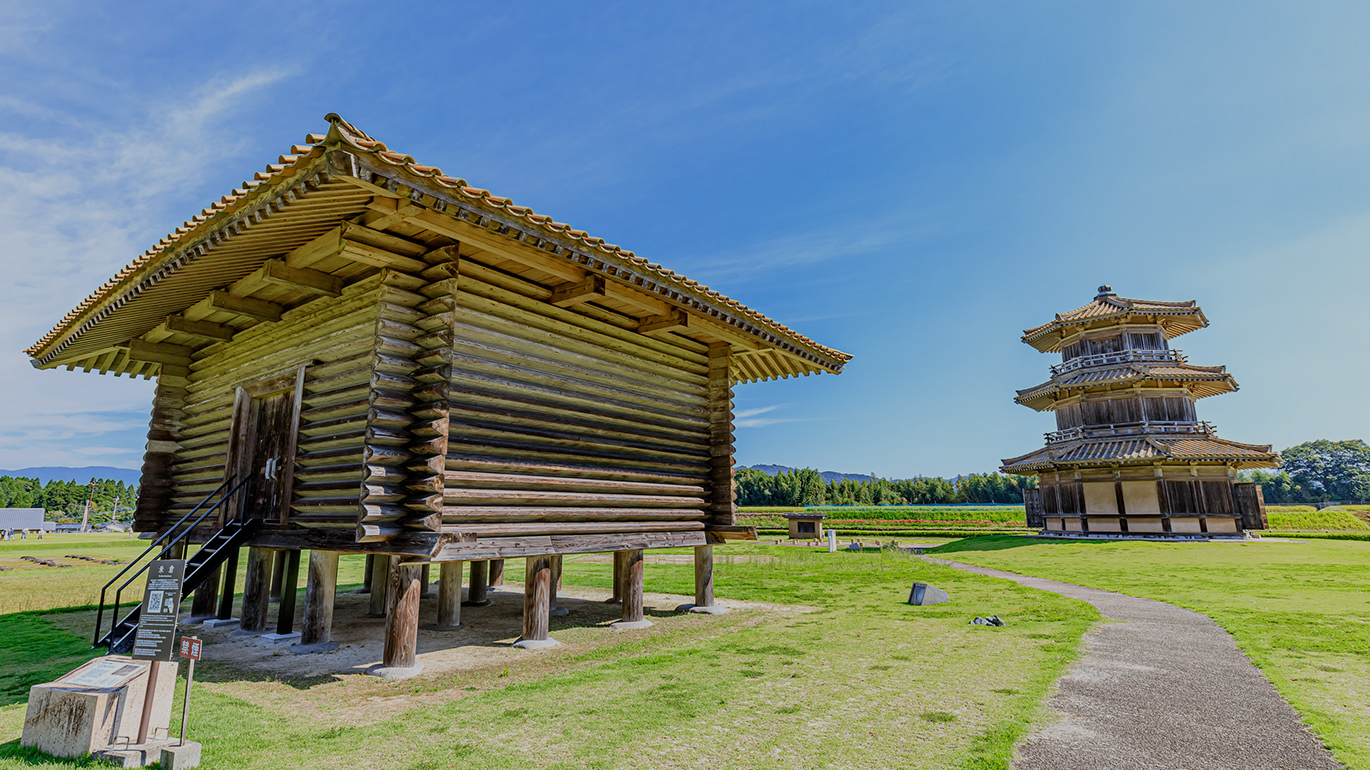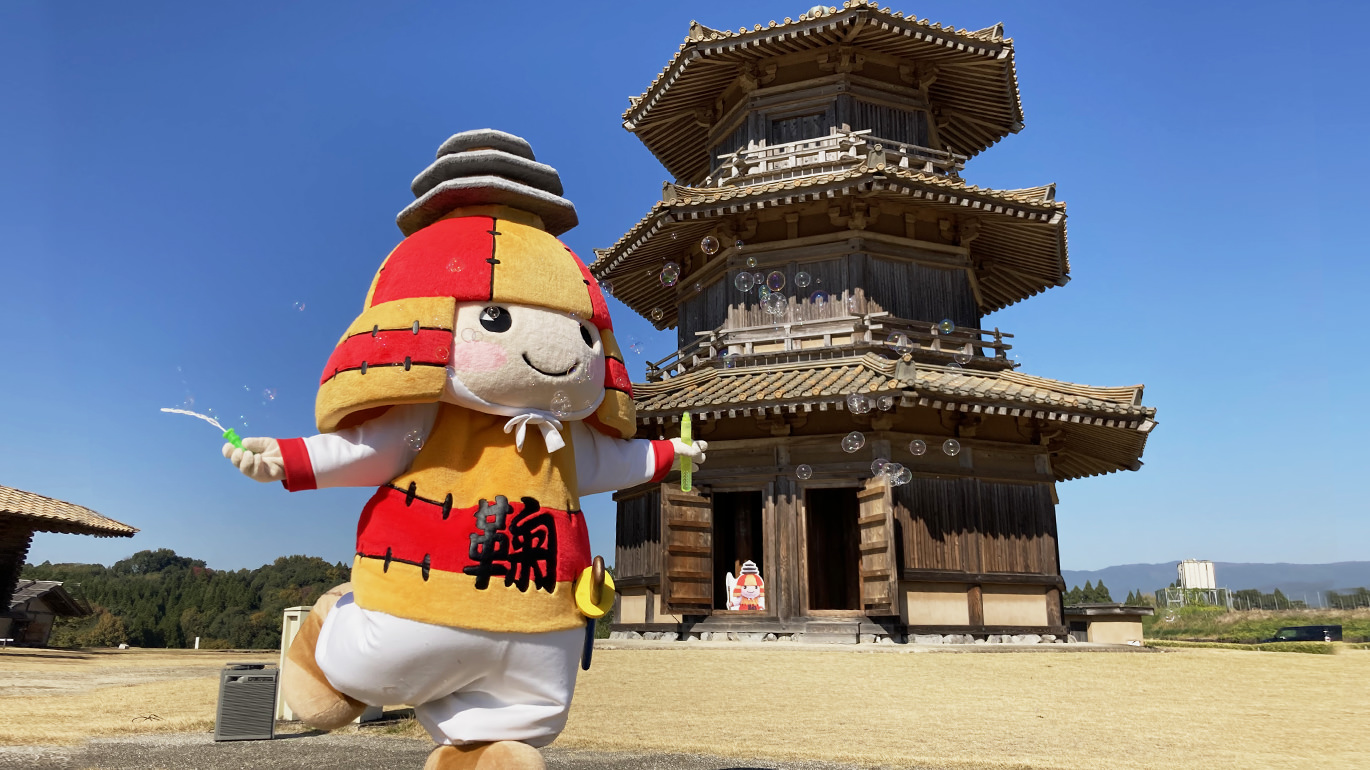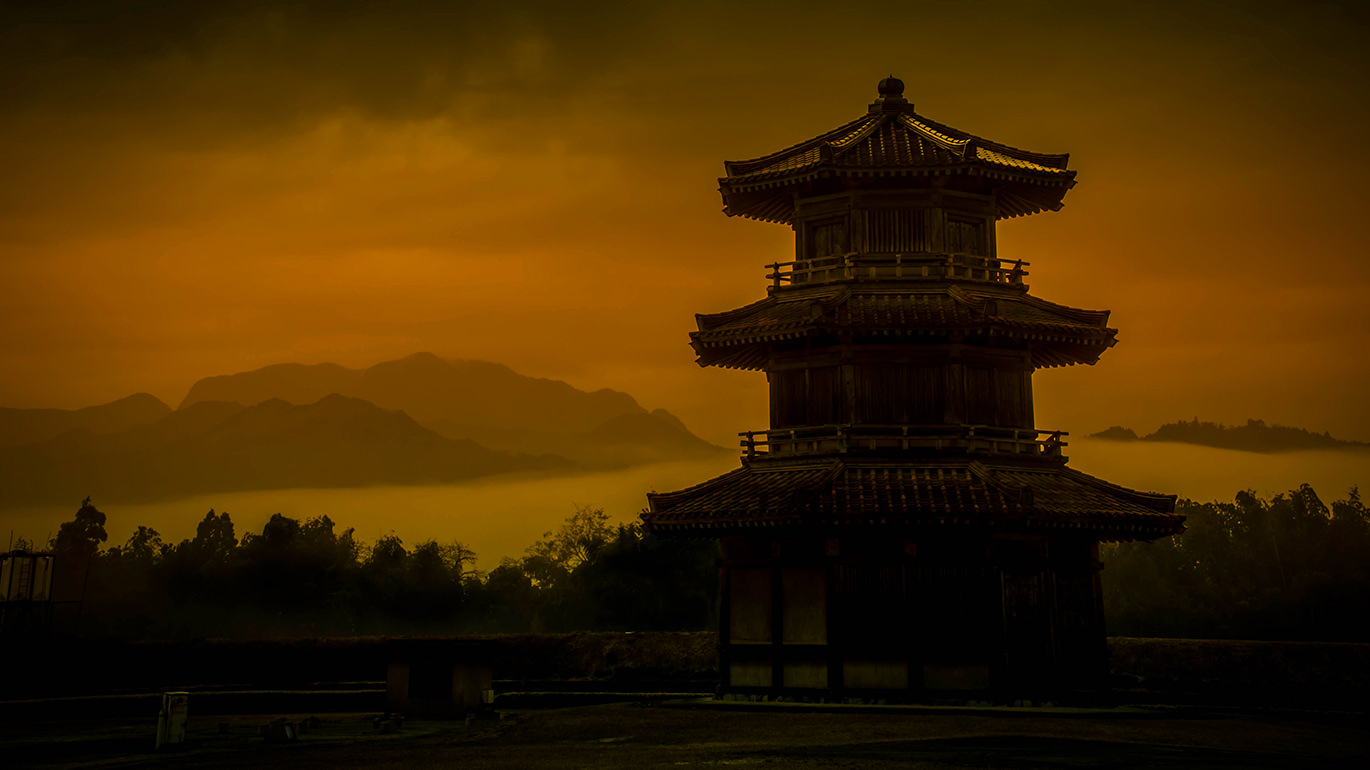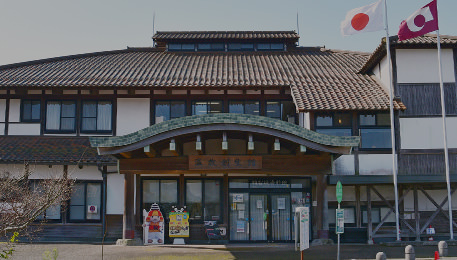


What is Kikuchi Castle?
Kikuchi Castle was a hill fort built by the Yamato Imperial Court during a warring period in East Asia in the latter half of the 7th century (about 1300 years ago).
After a crushing defeat at the hands of the combined Chinese Tang and Korean Silla forces at the Battle of Hakusukinoe in Korea in 663, the Imperial Court constructed a number of hill forts throughout Western Japan in preparation for invasion, one of which was Kikuchi Castle. Kikuchi Castle was a support installation intended to provide supplementary weapons and food for the Ono and Kii Castles that protected the Dazaifu government that ruled over Kyushu. Kikuchi Castle is mentioned in a number of historical texts, including the Shoku Nihongi (Chronicle of Japan, Continued), and was named a National Historic Site on February 27th, 2004 as one of a number of important sites in Japan.
The castle had a perimeter of 3.5km and an area of 55 hectares. Excavations by Kumamoto Prefecture starting in 1967 have discovered a number of valuable architectural remnants—a total of 72 buildings, including an eight-sided tower, a water reservoir, earthen embankment sites, and more—that offer an interesting look into the past.
The castle site is in the process of being converted into a historical park that incorporates the discoveries from the excavations. Reconstruction of some of the original buildings (an eight-sided drum tower, a rice storehouse, a barracks, and a panel-wall storehouse) began in 1994, and visitors can now get a sense of the area, scale, and layout of the original castle.
The Onkosouseikan acts as a visitor’s center for the castle and features exhibits and videos to help visitors learn more about the structure and history of Kikuchi Castle.

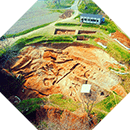


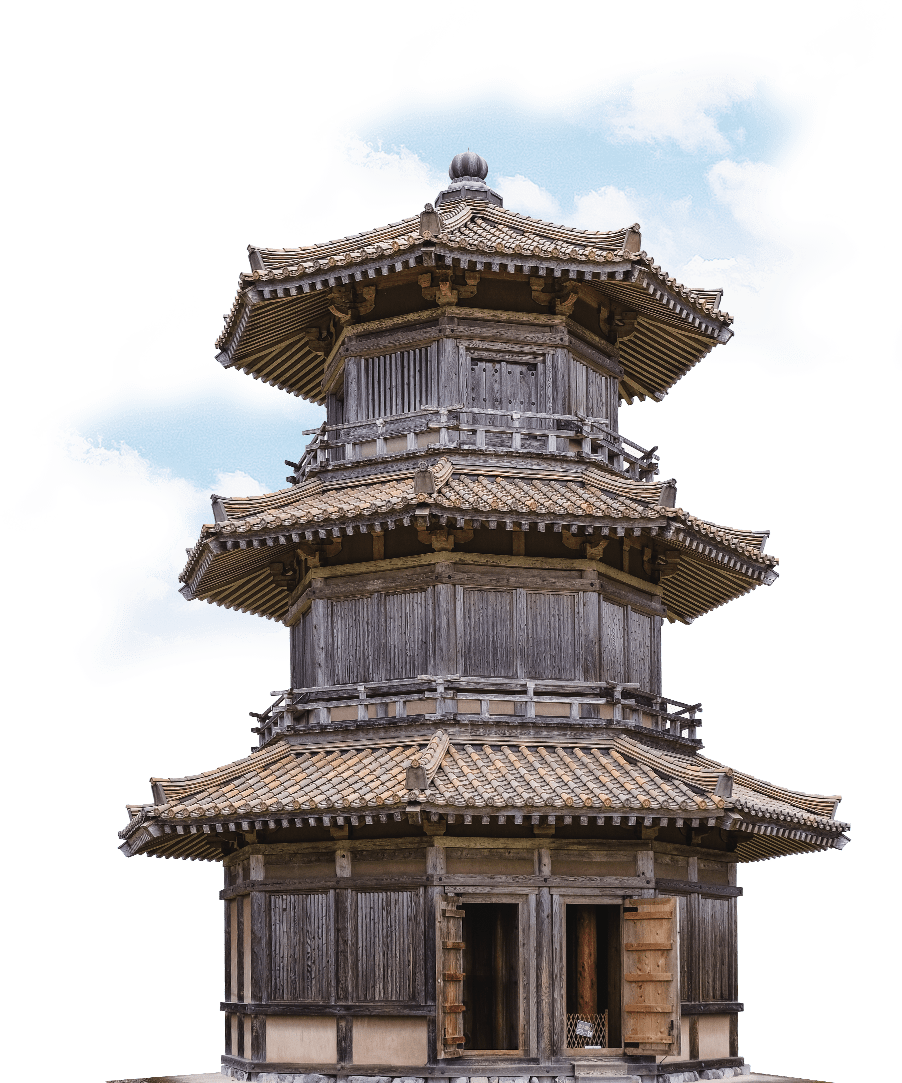
The Ancient Hill Forts of Japan
Ancient mountain castles in Japan are divided into two categories: 1. Those mentioned in historical literature (11 castles total, also referred to as Chosenshiki mountain castles), and 2. Those not mentioned in literature (16 castles total, referred to as Kogoishikei mountain castles).
Chosenshiki Castles
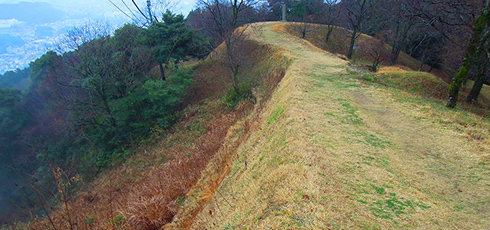
- Special
Historical
Sites: - Ono Castle (Umi-machi, Onojo-shi and Dazaifu-shi, Fukuoka Prefecture), Kii Castle (Kiyama-cho, Saga Prefecture and Chikushino-shi, Fukuoka Prefecture), Kaneda Castle (Tsushima-shi, Nagasaki Prefecture)
- National
Historic Sites: - Kikuchi Castle, Yashima Castle (Takamatsu-shi, Kagawa Prefecture)*
- Non-
designated: - Takayasu Castle (Nara Prefecture, Osaka Prefecture)
- Locations
unknown: - Nagato Castle, Tsune Castle, Ibara Castle, Inazumi Castle, Mino Castle
*Yashima Castle is located within the Yashima National Historic Site
Kogoishikei Castles
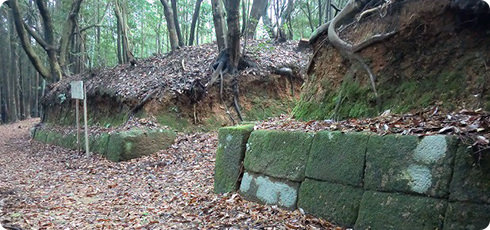
- National
Historic
Sites: - Kinojo (Sojya-shi, Okayama Prefecture), Omeguri Komeguri (Okayama-shi, Okayama Prefecture), Einosan (Saijo-shi and Imabari-shi, Ehime Prefecture), Sanukiyama (Sakaide-shi and Marugame-shi, Kagawa Prefecture), Iwakisan (Hikari-shi, Yamaguchi Prefecture), Otsuboyama (Takeo-shi, Saga Prefecture), Obukumayama (Kanzaki-shi and Saga-shi, Saga Prefecture), Korasan (Kurume-shi, Fukuoka Prefecture), Zoyama (Miyama-shi, Fukuoka Prefecture), Haki (Asakura-shi, Fukuoka Prefecture), Kakenouma (Iizuka-shi, Fukuoka Prefecture), Raizan (Itoshima-shi, Fukuoka Prefecture), Goshogatani (Yukuhashi-shi and Miyako-machi, Fukuoka Prefecture), Tobaru (Koge-machi, Fukuoka Prefecture), Ashiki (Chikushino-shi, Fukuoka Prefecture)
- Non-
designated: - Harimakinoyama (Tatsuno-shi, Hyogo Prefecture)
